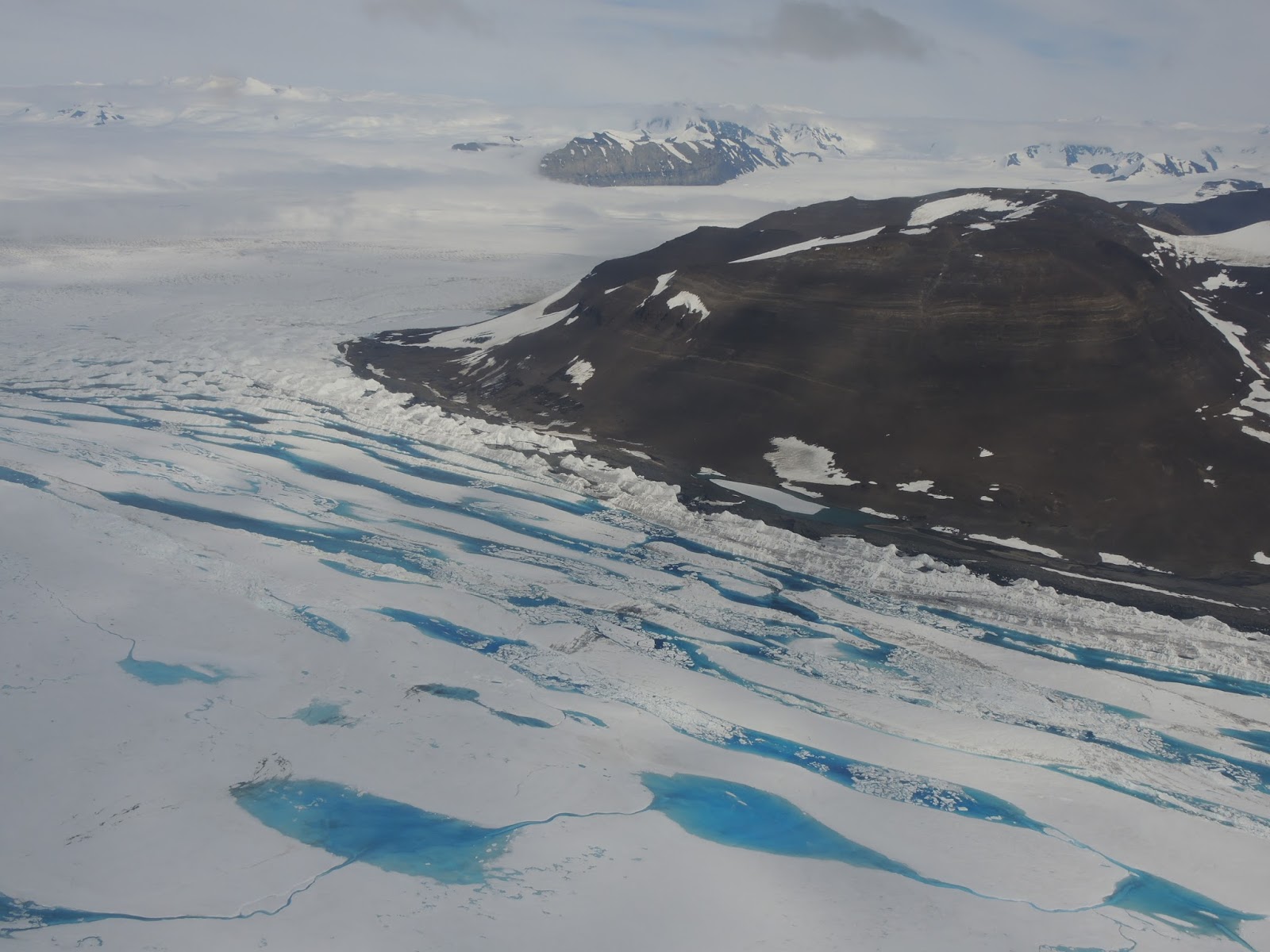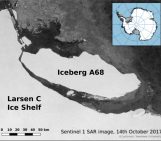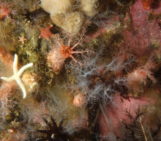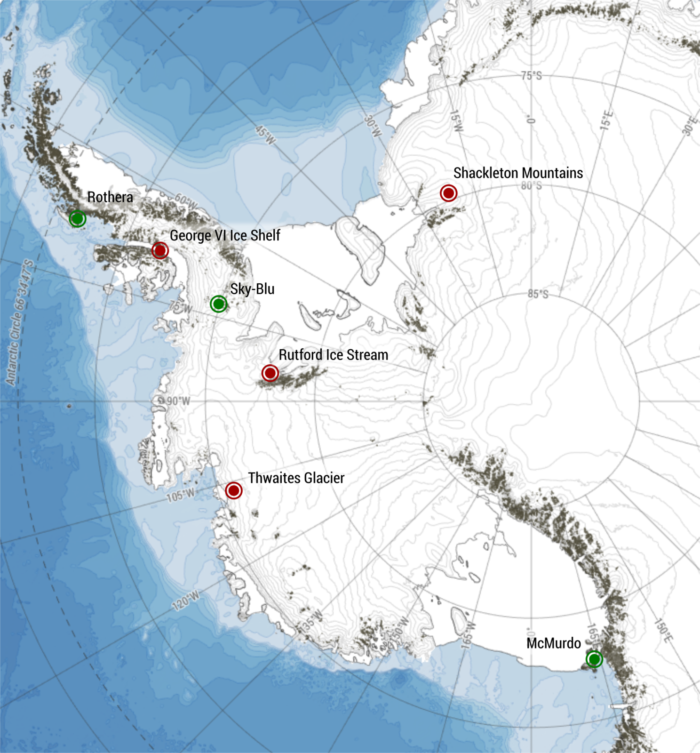
As Christmas gets closer, days are getting shorter in the northern hemisphere. A good excuse to get cosy inside on the sofa, drinking tea and eating Christmas biscuits. Meanwhile, a few thousand of scientists are heading “South”, to Antarctica, where the lengthening days provide the perfect conditions to conduct a whole variety of scientific field expeditions…
Science in Antarctica
Just last week, we celebrated Antarctica Day, 60 years after the signing of the Antarctic Treaty, which set aside Antarctica as a scientific preserve, established freedom of scientific investigation and promotes peace on the continent.
Today some 49 countries are signed up to the Antarctic treaty and 42 (!) of them operate bases across the continent where approximately 5000 people live and work during the summer! These figures, plus the futuristic design of some of the bases might give the misleading impression that research here is run-of-the-mill. In fact, the logistics required to support the influx of people during the summer and all their research projects is substantial.
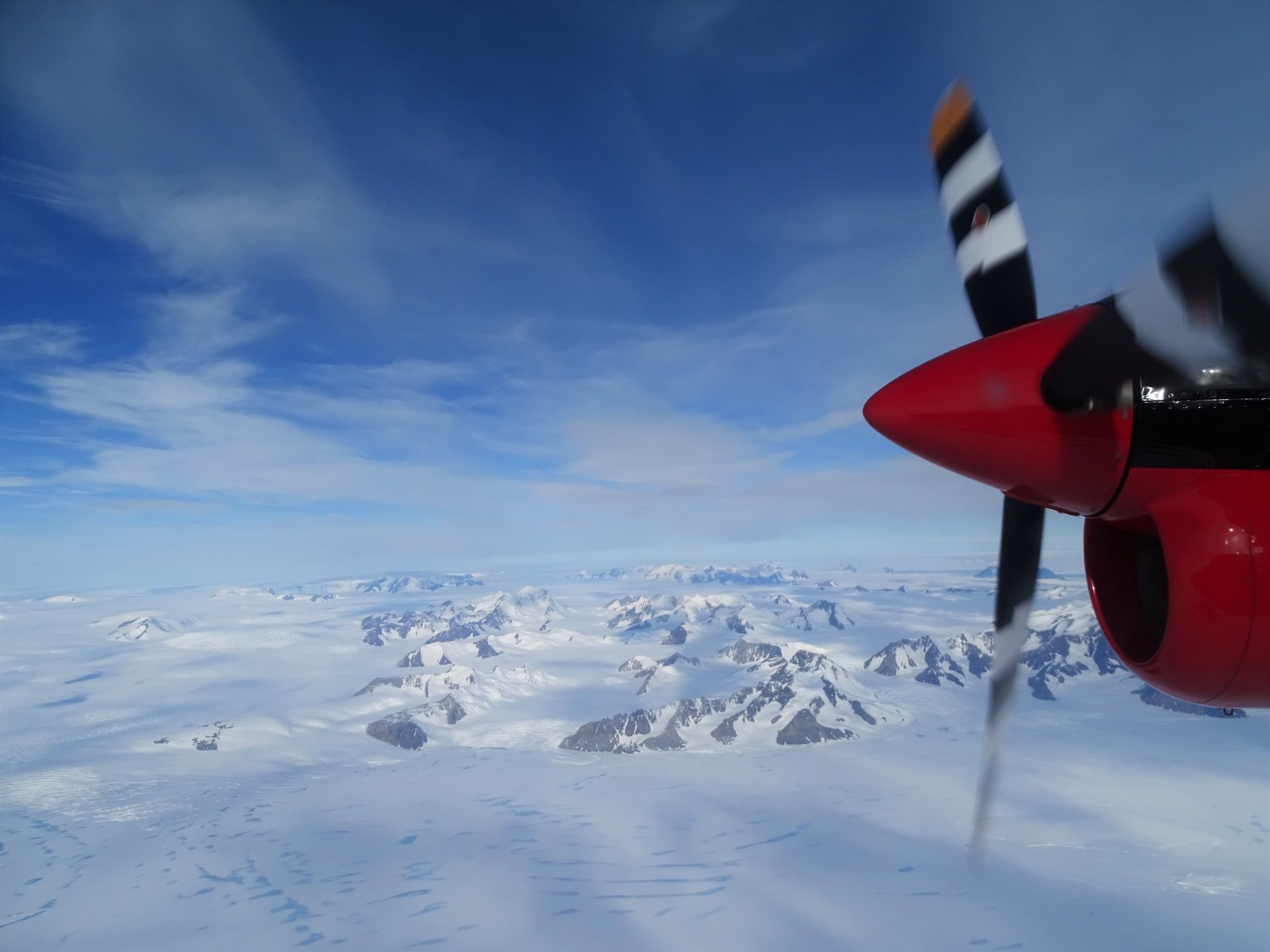
The mountains of the Antarctic Peninsula seen en route to Sky-Blu field station [Credit: Geoff Evatt / Lost Meteorites of Antarctica].
Connecting through Rothera
Take the UK base at Rothera as an example — it’s the main base operated by the British Antarctic Survey and supports around 100 people during the summer, while a rotating staff of 20 keep the base open during the harsh winter season. Though it’s located on the Antarctic peninsula, and just inside the Antarctic Circle, keeping everything running smoothly is a bit of artform.
The last year or two have been particularly involved due to the construction of a new wharf for the new polar research vessel, the RRS David Attenborough. Whilst the old wharf is dismantled and the new wharf constructed, the existing vessels, the RRS James Clark Ross and the RRS Ernest Shackleton, are unable to dock and this year’s scientific equipment has instead been shipped to Punta Arenas before being flown in by Dash aircraft.
In parallel with the logistics of getting everyone and their kit to Antarctica, there’s the complexities of supporting multiple field projects. Some of these projects are close to base, some distant. Both need to be supported in their deployment to the field site. And, finally, the daily “scheds” or scheduled calls need to be conducted to ensure everyone is safe and all is well.
Thwaites Glacier
To give a flavour of some of the research going on in Antarctica, where better place to start than the International Thwaites Glacier Collaboration. This is the largest joint UK-US research undertaken in Antarctica for several decades! It aims to help us better understand changes and the drainage system of the Thwaites Glacier, which is located 1600 km away from either the UK base at Rothera or US McMurdo research station.
Located on the unstable West of Antarctica, Thwaites Glacier now accounts for about 10 percent of global sea level rise, with the rate having doubled in the last few years. This year’s projects involve around 100 scientists and support staff with five out of the eight separate research projects being deployed this year around the glacier. These separate projects cover aspects such as the geophysical environment under the glacier, retreat and melt at the grounding line — the point where ground, glacier, and ocean meet — atmospheric and oceanic interactions, paleo-reconstructions and dynamics at the shear margin< to better understand the complex set of atmosphere, ice, and ocean interactions occurring.
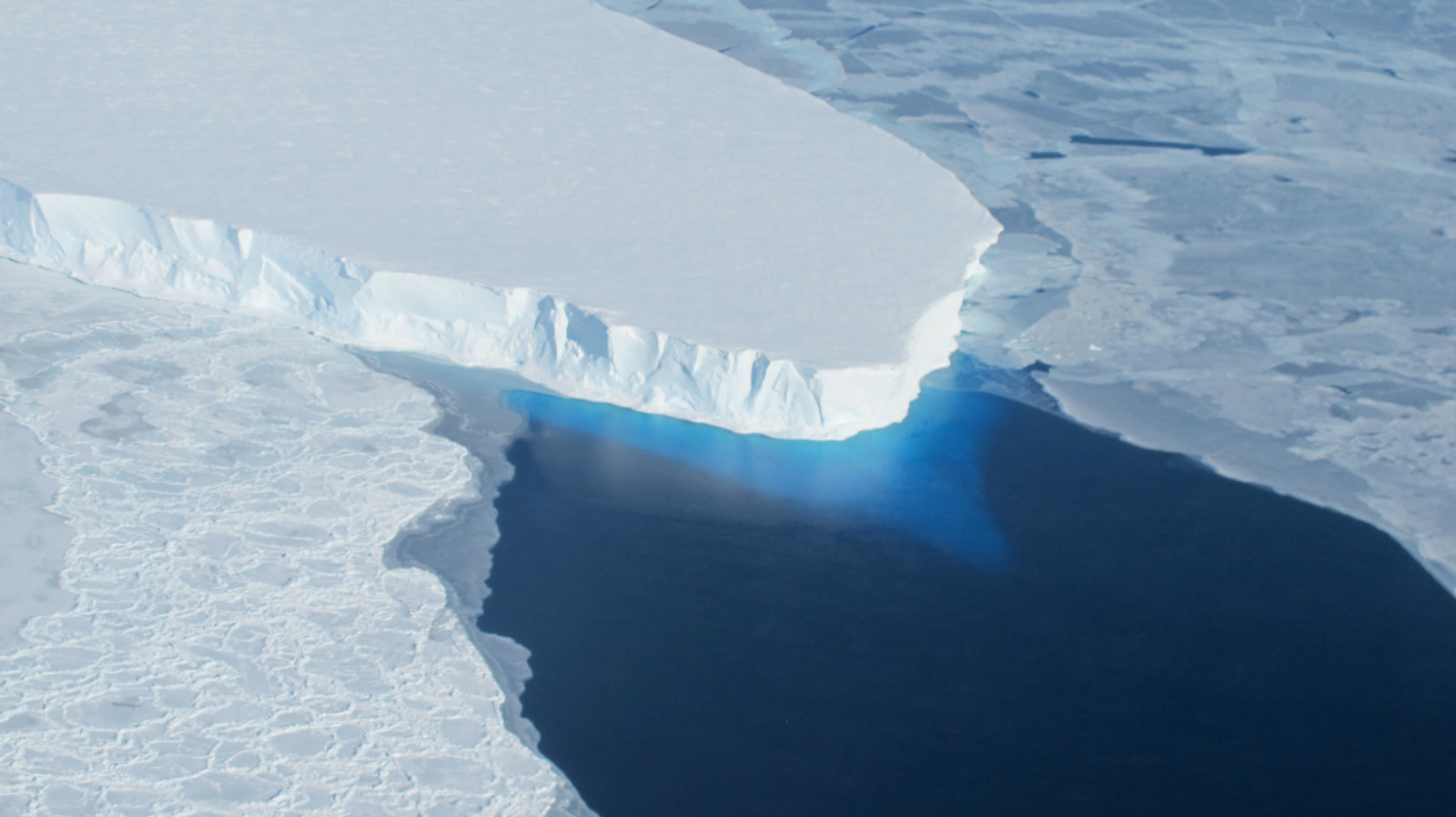
Tongue of the Thwaites Glacier [Credit: NASA]
The BEAMISH Project
On the other side of West Antarctica, the BEAMISH project is investigating the ice sheet history and the current flow dynamics of Antarctic ice streams. The Rutford Ice Stream, which feeds into the Ronne Ice Shelf, is an ideal sample site for this due to its high flow velocity (more than one metre per day!) and varying bedrock properties underneath — both factors are expected to be crucial in controlling the dynamics of the ice stream. Over the last 10 years, project collaborators have collected a suite of data from the site, but a key achievement last season was drilling through 2 km of ice to recover bedrock samples. As well as recovering bedrock samples, several instruments were left in the boreholes recording the changing environment during the winter.
This upcoming season will be the project’s last at Rutford with a team of three scientists and a field guide heading out to recover the borehole instruments and to conduct a last set of geophysical surveys. Though the scientists and the lightest kit will return to Rothera by the robust ‘Twin Otter’ aircraft, the heavier drilling equipment relies on a chain of tractors in a ‘Tractor Traverse’ to make its way slowly back and leave the site pristine.

Panorama of the BEAMISH site on the Rutford Ice Stream [Credit: Andy Smith, BEAMISH project leader].
The D6 Lakes Project
Closer to Rothera, a team from the Scott Polar Research Institute and Lamont-Doherty Earth Observatory are currently conducting fieldwork on the George VI Ice Shelf on the Antarctic Peninsula. This project is investigating the ice-shelf instability caused by meltwater forming at the surface, its movement, and where it accumulates and where cracks form. Observations have already shown that surface melting and the accumulation of meltwater in ponds on the ice shelf surfaces can cause them to become unstable. For example, the sudden collapse of Larsen B Ice Shelf in 2002 was preceded by the formation of thousands of surface meltwater lakes, which are thought to have filled crevasses and caused widespread fracturing.
In this field season, the team are installing GPS stations, seismometers, time-lapse cameras, automatic weather stations, and temperature and water pressure sensors on George VI Ice Shelf. These will measure ice shelf movement and seismic vibrations, water depths, and surface and sub-surface melting in and around places where meltwater forms at the surface of the ice shelf. These data can them be used to see how the ice shelf behaves in response to meltwater ponds filling and draining, including potential fracturing which can cause instability. Exciting data awaits!
Antarctic Meteorites
Meanwhile, a small team are preparing for their second season heading “deep field” near the Shackleton Mountain range, far from Rothera, hunting for meteorites. The “Lost Meteorites of Antarctica” team are specifically looking for iron meteorites that are under-represented in the Antarctic meteorite collection.
Two-thirds of the world’s meteorites have been found in Antarctica thanks to the localised ice-flow concentrating them on blue ice areas, often near the Transantarctic Mountains or nunataks. However, the proportion of Antarctic meteorites that are iron (and so tell us about the interiors of planets) is far less than those recovered from the rest of the world. The team predicts that the missing meteorites are hidden just below the surface as they are heated by sunlight and rarely reach the surface. If so, they wouldn’t be spotted on traditional visual searches (read this previous post for a more in-depth description of the project).
To overcome this obstacle, the team has developed a prototype metal detection system that can be pulled by a skidoo across the hard ice surface. The system continuously sends out pulses, and looks for a return signal from the upper few tens of centimetres of ice. Besides also looking for surface meteorites, the team’s job will be to keep the prototype working in the harsh environment — and keep the skidoo going in a perfectly straight line to ensure complete coverage!
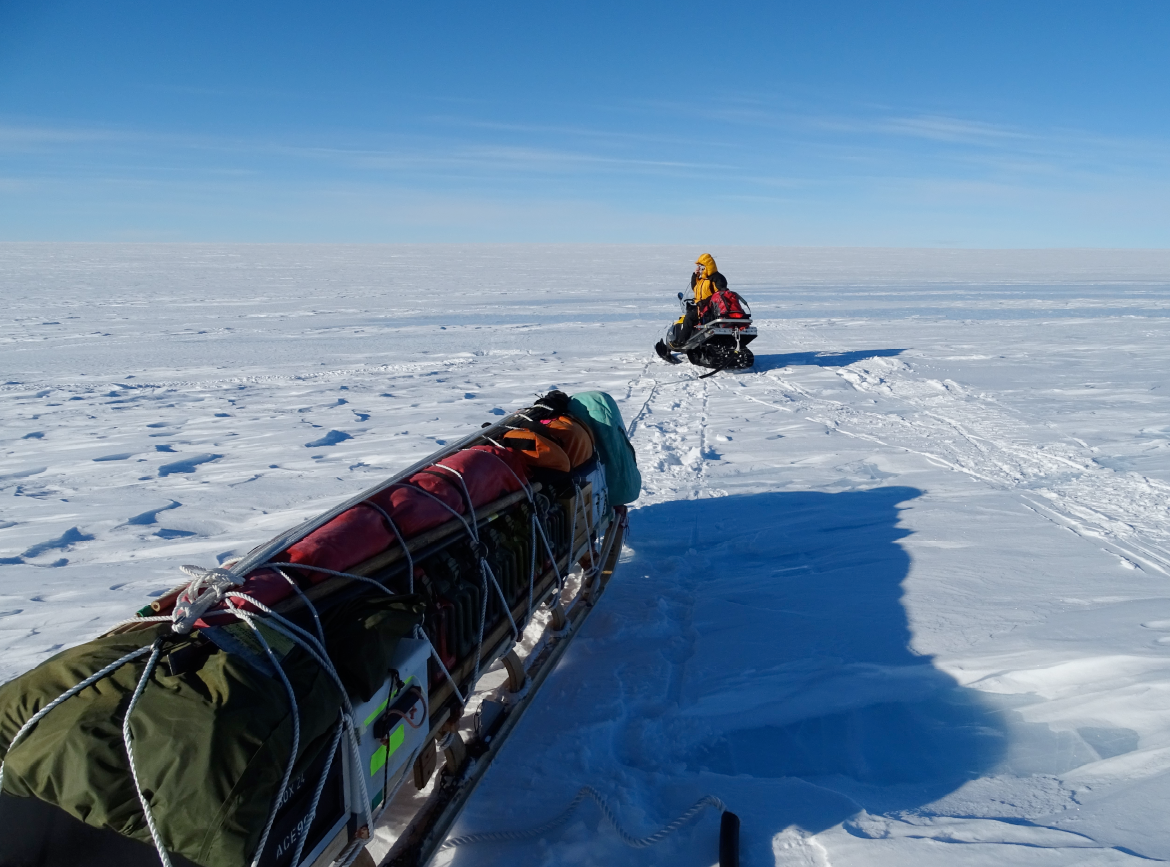
Searching for a suitable spot to set-up camp by ‘linked travel’ in the expanse of Antarctica at the start of last year’s field expedition [Credit: Katie Joy / Lost Meteorites of Antarctica].
Edited by Clara Burgard
Written with contributions from:
 Andy Smedley trained as an atmospheric scientist measuring and modelling how sunlight interacts with the atmosphere. Recently his research interests have expanded to include sunlight’s interaction with, and impacts on, the cryosphere. He is currently working on the Leverhulme Trust funded “Lost Meteorites of Antarctica” project at the University of Manchester where he deals with the logistics of Antarctic field expeditions, mapping and analysis to select the field sites, and trying to better understand how solar radiation interacts with blue ice and light absorbing particles – including meteorites. Contact email: andrew.smedley@manchester.ac.uk. He tweets as @ardsmedley.
Andy Smedley trained as an atmospheric scientist measuring and modelling how sunlight interacts with the atmosphere. Recently his research interests have expanded to include sunlight’s interaction with, and impacts on, the cryosphere. He is currently working on the Leverhulme Trust funded “Lost Meteorites of Antarctica” project at the University of Manchester where he deals with the logistics of Antarctic field expeditions, mapping and analysis to select the field sites, and trying to better understand how solar radiation interacts with blue ice and light absorbing particles – including meteorites. Contact email: andrew.smedley@manchester.ac.uk. He tweets as @ardsmedley.
Jenny Arthur is a PhD student at Durham University, UK. She investigates supraglacial lakes in Antarctica using remote sensing, and is especially interested in their seasonal evolution and interaction with ice dynamics. She tweets as @AntarcticJenny.
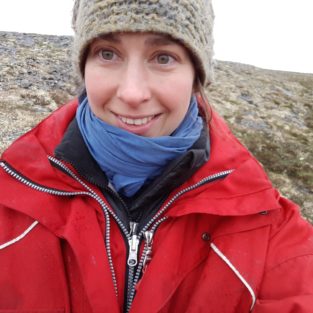 Sofia-Katerina Kufner trained as a geophysicist and seismologist. She collects and analyses seismological data to understand active processes on various scales ranging from tectonic deformation to glacial microseismicity. She is currently working in the Ice Dynamics and Palaeoclimate Team at the British Antarctic Survey on the BEAMISH project. Within this project she uses glacial induced microseismicity to understand the frictional properties of the ice-bed interface, which is one of the key factors controlling glacial flow dynamics. Contact email: sofner@bas.ac.uk
Sofia-Katerina Kufner trained as a geophysicist and seismologist. She collects and analyses seismological data to understand active processes on various scales ranging from tectonic deformation to glacial microseismicity. She is currently working in the Ice Dynamics and Palaeoclimate Team at the British Antarctic Survey on the BEAMISH project. Within this project she uses glacial induced microseismicity to understand the frictional properties of the ice-bed interface, which is one of the key factors controlling glacial flow dynamics. Contact email: sofner@bas.ac.uk

